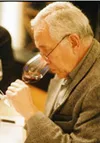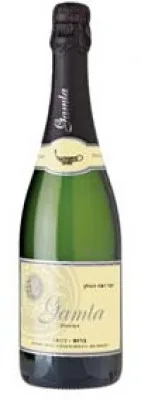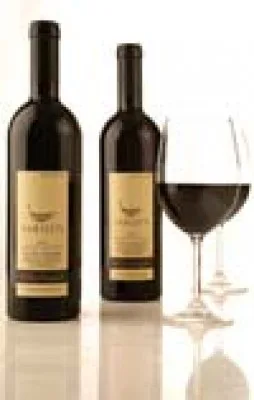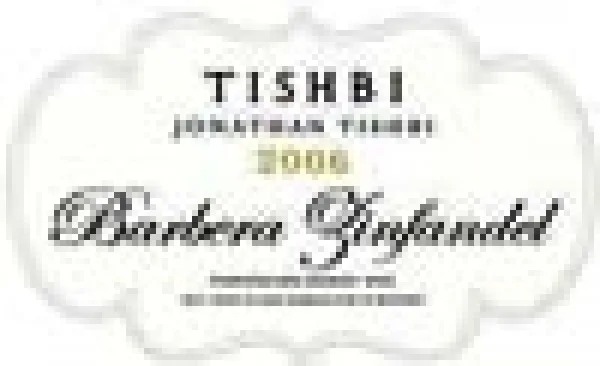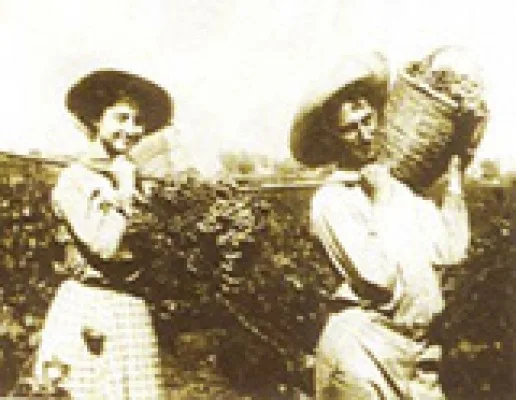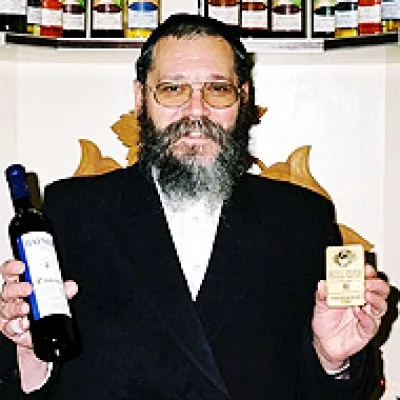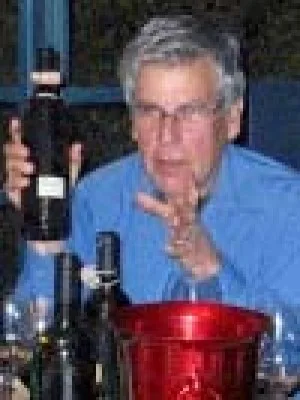During the two week period preceding Rosh Ha Shannah we Israelis purchase 40% of all of the wine that is going to be sold during the entire year. It is not at all that people go on drinking binges during this time but that fine wine is coming more and more to be perceived as a part of the cultured way of life, especially when that wine is consumed in moderation, with friends and family and with meals.
As recently as twenty years ago, the vast majority of wine consumed during the holiday season was red, sweet and of a quality most charitably described as mediocre. Today, with both large and small local wineries producing wines of enviably high quality, that is no longer true, the best of Israel comparing comfortably to the better wines of France, Italy and California. Following are reviews of recently released wines, some kosher, others not, those ranging in price from NIS 48 230, all of which are worthy of our attention for the holidays or at any time of the year.
Recanati, Special Reserve, 2005: Full-bodied, dark garnet towards royal-purple, with once firm tannins now integrating nicely with spicy and vanilla-rich wood. Aged in barriques for 19 months, this blend of 84% Cabernet Sauvignon and 14% Merlot, all from the Upper Galilee, shows fine balance and structure. On first attack blackcurrant, blackberry and a hint of anise, those followed by lightly toasted, near-sweet cedar and oak along with an appealing hint of black licorice. Approachable and enjoyable now but best 2009-2014. NIS 180. Score 93. K
Recanati, Syrah, Reserve, 2005 Aged for 14 months in French and American oak, medium-dark garnet in color, with well-focused tannins and moderate spicy wood in fine balance with black cherry, wild berry and cassis fruits, those with just a hint of smoked meat in the background. At this stage the still-firm tannins hold the wine back a bit. Drink now2010. NIS 95. Score 89. K
Flam, Cabernet Sauvignon, Reserve, 2006: Oak-aged for about 14 months, a full-bodied blend of 86% Cabernet Sauvignon, 12% Merlot and 2% Petit Verdot. Deep garnet towards royal-purple, with soft near-sweet tannins integrating nicely with spicy wood. Intense and multi-layered, opening with cherries and raspberries, those going on to show currants and blackberries, and all on a background of brown spices. Long and generous, with the tannins rising nicely on the finish. Best 20102014. NIS 149. Score 92
Flam, Merlot, Reserve, 2006: Dark garnet, a full-bodied blend of 86% Merlot and 14% Petit Verdot reflecting generous but not-at-all exaggerated oak aging with still firm tannins and notes of vanilla and spices. On first attack black fruits, those opening to reveal raspberries and blueberries, those on a background of mocha and sweet-cedar. Give this one time and it will show fine balance between tannins, wood and fruits. Has the structure for aging. Approachable now but best 2010-2015. NIS 149. Score 92.
Flam, Classico, 2007: A gently oak-aged blend of Cabernet Sauvignon and Merlot showing currant, berry and black cherry fruits, those complemented by hints of Mediterranean herbs, tobacco and chocolate. Easy to drink, with just the right hints of complexity. Drink now-2010. NIS 79. Score 89
Golan Heights Winery, Cabernet Sauvignon, Yarden, 2005: Brooding dark ruby-red, full-bodied, with near-sweet tannins and spicy oak wrapped around black currants, berries, spices and a hint of dark chocolate. Look as well for enchanting hints of citrus peel and vanilla on the long finish. Fine balance and structure bode well for the future. Best 20102018. NIS 120. Score 92. K
Golan Heights Winery, Merlot, Yarden, 2004: Dark garnet towards purple, medium to full-bodied, with tannins and wood integrating nicely and showing a generous array of berry, cassis and plum fruits, those supported by minerals, sweet cedarwood and, rising on the medium-long finish, an overlay of spices and tobacco. Drink now2011. NIS 105 Score 90. K
Castel, “C”, Chardonnay, Blanc du Castel, 2007: Gold, with green and orange tints, deeply floral, full-bodied and with generous but not overpowering oak that parts comfortably to reveal a complex array of citrus peel, summer fruits, hazelnuts, vanilla and crisp minerals. Lively and complex. NIS 170. Drink now-2011. Score 90. K
Galil Mountain, Barbera, 2006: Dark, almost inky ruby towards garnet in color, with its impressive 15% alcohol content in fine balance with wood, tannins and fruit. On the nose and palate blackberries, blueberries, plums and violets supported nicely by notes of vanilla, milk chocolate and, rising on the long finish notes of black pepper. Generous, gently mouth-coating tannins and fine concentration. Drink now-2011. NIS 59. Score 91. K
Galil Mountain, Cabernet Sauvignon, 2007: Dark ruby towards garnet, medium-bodied, with soft, gently caressing tannins and showing an appealing array of blackberry, blueberry and cassis, the fruits on a background that hints nicely of mint and bitter-sweet chocolate. Drink now-2010. NIS 48. Score 88. K
Galil Mountain, Merlot, 2007: Royal purple in color, medium-bodied, with silky tannins and showing a generous berry-cherry-raspberry personality, the fruits on a background of sweet peppers, Madagascar green peppercorns and mint. Nothing overly complex here but a lovely wine on its own or with a host of foods. Drink now-2010. NIS 48. Score 88. K
Galil Mountain, Shiraz, 2007: Medium- to full-bodied, with gently mouth-coating tannins and showing an appealing array of cherry, wild berry and peppery notes, all lingering nicely. Drink now-2010. NIS 48. Score 89. K
Vitkin, Cabernet Franc, 2006: A medium- to full-bodied blend of 86% Cabernet Franc and 14% Petit Verdot, reflecting its aging in new French barriques with cedar and vanilla notes, opening to reveal blackcurrants, black cherries and figs, those on a background of sourdough bread and towards the finish hints of mocha and tobacco that rise nicely. Drink now-2013. NIS 105. Score 91.
Vitkin, Carignan, 2006: My earlier tasting note holds firmly. Made entirely from Carignan grapes and developed in new 360 liter French oak casks for 15 months. Full-bodied, with firm tannins just starting to settle in, deep garnet in color and showing fine extraction. On first attack, shows primarily spicy black fruits, those yielding to “let loose” notes of mint and freshly turned earth. Warm and generous with fruits and tannins rising on the long finish. Best 20092012. NIS 90. Score 89.
Karmei Yosef, Cabernet Sauvignon, Bravdo, 2006: Dark royal-purple in color, medium- to full-bodied, showing firmly tannic and with a somewhat heavy wood influence but still maintaining overall good balance between still firm tannins and spicy wood that allows the fruits to sow nicely. On the nose and palate currants, wild berries and mint notes, those lingering nicely. Best 20092012. NIS 120. Score 90.
Karmei Yosef, Merlot, Bravdo, 2006: Blended with 15% of Cabernet Sauignon, aged in barriques for 12 months, deep garnet towards royal purple in color, with once gripping tannins now integrating nicely with spicy wood. Full-bodied, the wine opens to reveal a core of plums, blackberries and blueberries, those on a background of exotic spices and hints of chocolate and mocha that linger nicely on the palate. Drink now-2012. NIS 120. Score 90.
Dalton, Merlot, Reserve, 2005: Soft and round but well focused, opening in the glass to reveal silky tannins and a gentle touch with the wood, those supporting currant, berry, cocoa and light hints of mint and black licorice, all of which linger very nicely on the palate. Drink now2010. NIS 105. Score 90. K
Dalton, Cabernet Sauvignon, 2007: Not a complex wine but very nice indeed, showing ripe and distinctive for cherry, blackberry, plum and herbal aromas and flavors framed by notes of sweet-and-spicy oak. Medium-bodied, with soft tannins and lingering nicely on the palate. Drink now-2010. NIS 70. Score 90.
Dalton, Shiraz, 2007: A distinctly New World wine, medium- to full-bodied, with generous but not-at-all overpowering oak and soft tannins in fine balance. At first sip a virtual attack of berry and plum fruits, those yielding on the palate to blackberries, peaches and an array of spices. Long and generous. Approachable and enjoyable now but best 2009-2012. NIS 65. Score 90.
Ella Valley Vineyards, Cabernet Franc, 2006: Developed in one and two-year-old barrels and blended with 5% of Merlot. Garnet toward royal-purple with green and orange reflections, with blackberry
and black cherry fruits and notes of rose petals. Opens slowly to reveal light tobacco and leathery notes, those on a background of crisp minerals. Tannins rise on the long finish to give grip to this elegant wine. Best 20092013. NIS 118. Score 90. K
Ella Valley Vineyards, Ever Red, 2006: A medium-bodied blend of Cabernet Sauvignon, Merlot and Petite Sirah (45%, 45% and 10% respectively) developed for 12 months in barriques. Soft near-sweet tannins integrating nicely with red berries, red currants and light oak, all showing a gentle spicy note. Drink now-2010. NIS 85. Score 88. K
Sea Horse, Zinfandel, Lennon, 2006: Medium to full-bodied, this blend of 92% Zinfandel and 8% Petite Sirah shows soft and round with gently mouth-coating tannins and reflects its 16 months in American oak with moderate levels of spices and vanilla. On the nose and palate red plums, wild berries and hints of Mediterranean herbs, all lingering nicely. Approachable now but best 2009-2012. NIS 125. Score 89.
Sea Horse, Syrah, Antoine, 2006: Garnet towards royal-purple in color, medium to full-bodied, with near-sweet tannins and generous pepper from the barriques in which it developed. Opens to show appealing raspberry and cassis fruits on a light herbal and leathery background, leading to a spicy and moderately-long finish. . Drink now2011. NIS 125. Score 89.
Tabor, Merlot, Bazelet, Adama, 2006: Garnet towards royal-purple, with light spicy wood on near-sweet tannins and opening to reveal currant, purple plum and blackberry fruits, those on a background of milk chocolate and, on the finish, nice hints of mint and white pepper. Drink now2010. NIS 67. Score 89. K
Tabor, Cabernet Sauvignon, Bazelet, Adama, 2006: Deep garnet, medium- to full-bodied with hints of white pepper and vanilla from the oak in which it aged. On the nose and palate currant and blackberry fruits, those matched by notes of citrus peel, flinty minerals and, on the generous finish, hints of licorice and espresso. Drink now-2011. NIS 67. Score 89. K
Alexander, Merlot, 2005: Dark garnet towards royal-purple, with firm but nicely integrating tannins, generous spicy wood and hints of tobacco balanced nicely by a generous array of black plum, raspberry, cassis and chocolate aromas and flavors. Drink now. NIS 140. Score 89.
Alexander, Cabernet Sauvignon, Alexander the Great, 2004: Blended with 5% Merlot, full-bodied and reflecting the barriques in which it developed for 36 months with firm, near-sweet tannins and generous spicy wood. Generous and long with a complex array of currant, herbal and mineral aromas and flavors but mostly for those who enjoy a great deal of New-World oak with their wines. Drink now2011. NIS 230. Score 88.


